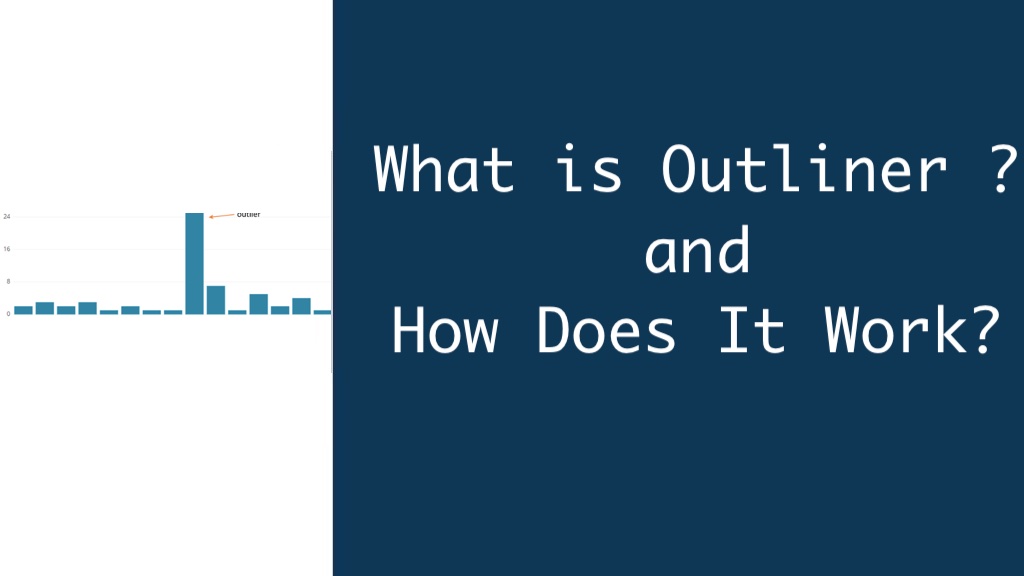Data science, machine learning, and statistics, outliers are ubiquitous. These are data points that deviate significantly from the rest of the dataset, often representing anomalies or extreme values. While outliers can sometimes be indicators of errors or noise, they can also provide valuable insights and signal potential areas of interest. This comprehensive guide delves into the concept presence of outliers, their significance, and various methods for detecting and handling them effectively.
What are Outliers?
Outliers are data points that deviate substantially from the typical pattern or data distribution observed in a data set. They can be characterized as observations that lie an abnormal distance from the majority of other data points, either above or below. Outliers can arise due to various reasons, such as measurement errors, data entry mistakes, or genuine extreme values that represent rare or unique events.
Importance of Outlier Detection and Handling
Outliers can have a profound impact on data analysis, machine learning models, and statistical inferences. Failing to detect and address outliers can lead to skewed results, inaccurate conclusions, and poor model performance. On the other hand, identifying and properly handling outliers can enhance the quality and reliability of data, improve model accuracy, and provide valuable insights into rare or unexpected phenomena.
Outlier Detection Methods
Several outlier detection techniques and methods are available for detecting outliers in data, each with its own strengths and limitations:
- Univariate Methods:
- Z-score: Calculates the number of standard deviations a data point is from the mean.
- Interquartile Range (IQR) Method: Identifies outliers based on their distance from the first and third quartiles.
- Box Plot: A visual method that highlights outliers beyond the whiskers of the box plot.
- scatter plots
- Multivariate Methods:
- Mahalanobis Distance: Measures the distance of a data point from the center of the distribution, considering correlation among variables.
- Isolation Forest: An unsupervised machine learning algorithm that isolates anomalies by randomly partitioning the data.
- One-Class Support Vector Machines (SVM): Learns a decision boundary around the normal data instances, identifying outliers as those outside the boundary.
- Model-Based Methods:
- Linear Regression: Identifies outliers based on their residuals (errors) from the fitted regression line.
- Robust Regression: A variation of linear regression that is less sensitive to outliers.
- Cluster Analysis: Detects outliers as data points that do not belong to any cluster or lie far from cluster centroids.
Handling Outliers
Once outliers are identified, there are several strategies for handling them, depending on the context and data characteristics:
- Removal: Outliers can be removed from the dataset if they are deemed erroneous or irrelevant.
- Transformation: Applying transformations (e.g., logarithmic, square root) can sometimes reduce the influence of outliers.
- Winsorization: Replacing outliers with the nearest non-outlier values or a specified percentile value.
- Imputation: Replacing outliers with estimated values using techniques like mean/median imputation or regression-based imputation.
- Adjustment: Modifying the machine learning algorithm or model to be more robust to outliers.
Considerations and Best Practices
When dealing with outliers, it is crucial to exercise caution and follow best practices. Thorough data exploration, data visualizations , and domain knowledge should guide the decision-making process. Removing outliers indiscriminately can lead to loss of valuable information, while retaining all outliers may adversely affect analysis and model performance. A balanced approach, considering the nature of the data and the specific use case, is recommended.
Conclusion:
Outliers are an integral part of data analysis, machine learning, and statistical modeling. Detecting and handling outliers appropriately is essential for ensuring the quality, reliability, and accuracy of insights derived from data. By understanding the various outlier detection methods and handling strategies, data scientists and analysts can make informed decisions and extract maximum value from their datasets, while mitigating the potential negative impacts of anomalies.
